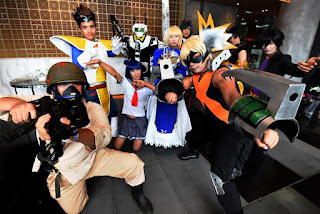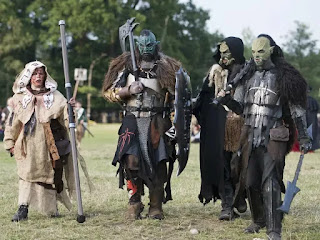Filking

I am covering this topic and these subjects in part as a follow-up to the discussions that I and others have been having for a couple of years now in the Filk community as part of the Meetup Filkpalooza forums. My goal is to provide a comprehensive overview of the scene and explain some of the differences between the hobby of Filking and more conventional film making communities. I am also breaking some ground as this is the first time I am writing about my fandom and I think I should provide at least a working definition of ‘filk’ before I get started. Hopefully this will not only enlighten those of you who do not understand fandom but give you a handy cheat sheet for my definition of the term in the future. Fanaticism One of the first terms I learned about the Filk community was ‘fanaticism’, which was the term used to describe the love many Filk fans had for the music and stories created by their favorite artists and performers. This devotion and loyalty seems to be more pre

